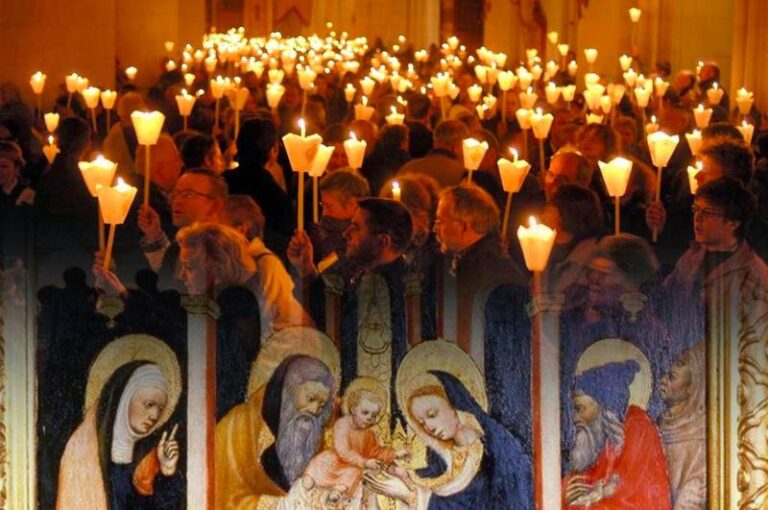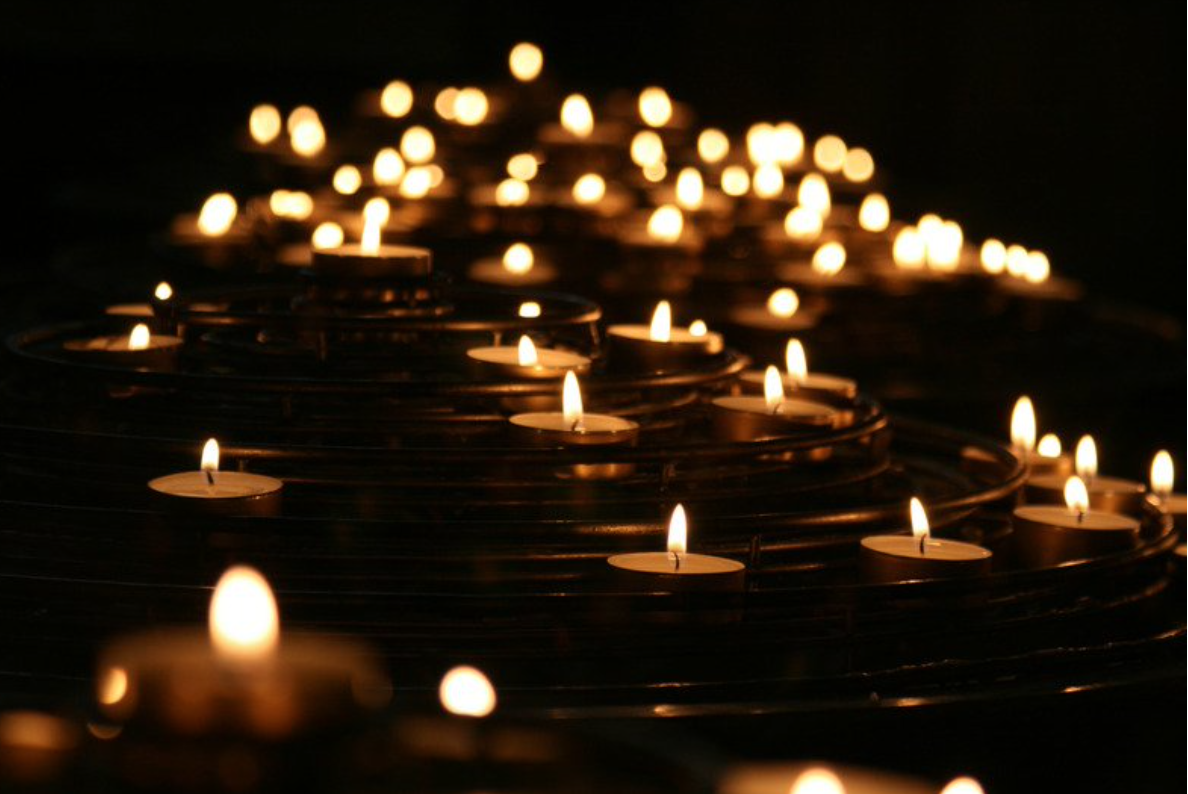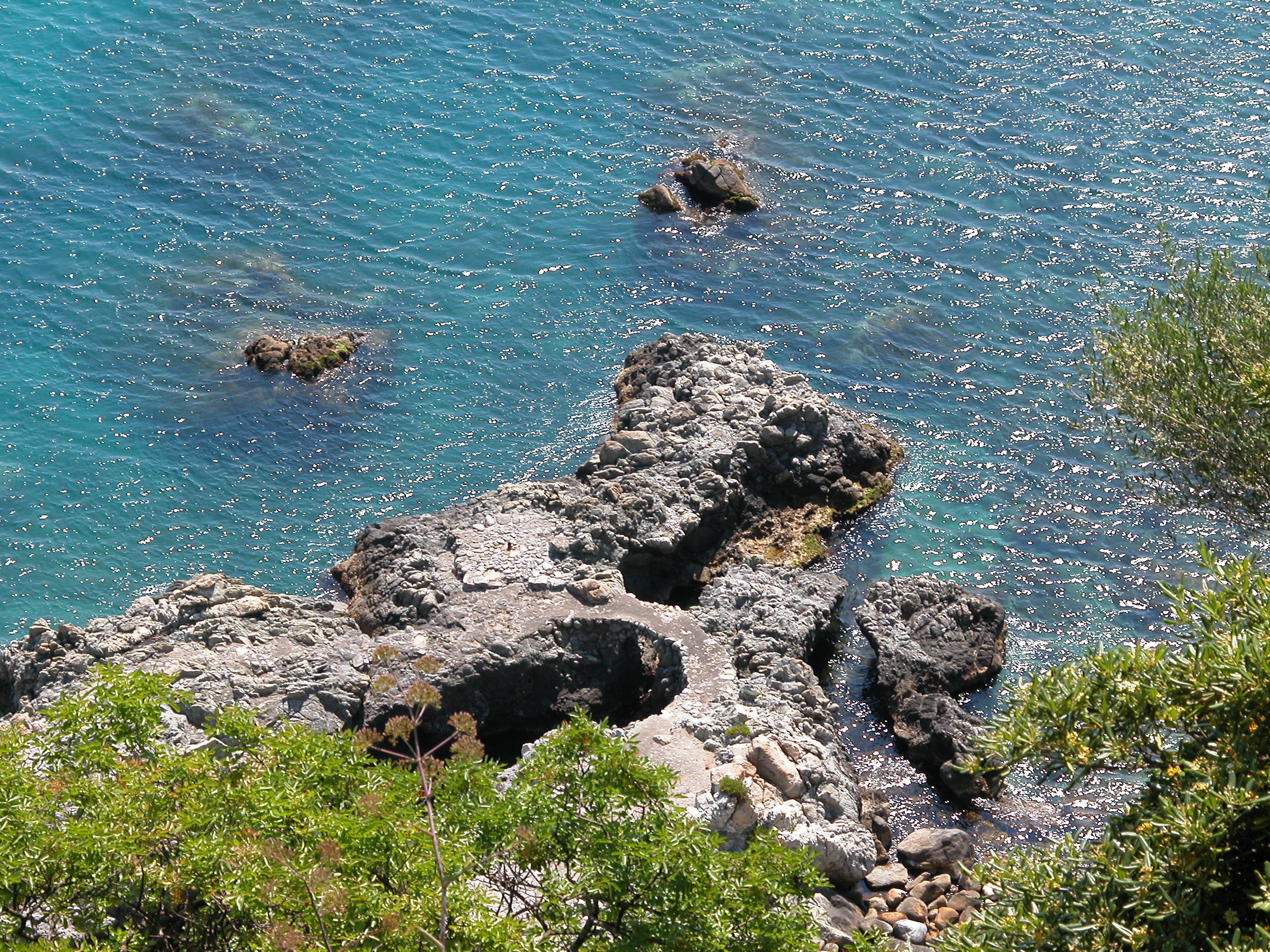By Francesco Tirinato - JUMP Team (Italy)

Every year, on 2 February, the custom of ‘Candelora’ is celebrated.
The first evidence of this feast dates back to the 4th century, when it was introduced by the Eastern Church under the name of Hypapant (Encounter) to celebrate the presentation of Jesus in the Temple forty days after his birth.
“In the Gospel, once Jesus has arrived at the Temple in his Mother’s arms, he is welcomed by old Simeon who calls him “light to enlighten the nations”. From that moment, on 2 February, candles are blessed and distributed, which, once lit, symbolise that light”.
Over time, this custom has taken on many facets, and today it is also known as the ‘Purification of Mary’, since, according to Jewish tradition, women who had given birth would go to the Temple in Jerusalem, passing through the streets of the city with lit candles to purify the inhabitants and protect themselves from calamities and bad weather.
Since then, the candles have been blessed annually in church, kept and reused by the faithful for the rite of light on Easter night.

In the past, it was also believed that this time of year represented the end of winter and the beginning of spring, and it is no coincidence that a famous Calabrian proverb goes like this:
“Da candilora do viarnu simu fora, ma si chiova e tira vintu do viarnu simu intru”.
Meaning: If it is sunny on ‘Candelora’ day, winter is practically over, but if it is raining or windy, the winter season is not yet over.
A curiosity: On 2 February Groundhog Day is celebrated in the United States of America. Although it is a strictly secular holiday compared to the Christian Candlemas, it shares with the latter the popular belief that it is possible (by observing this day) to accurately predict the weather conditions of the weeks to come.
Below you can watch the video of the ‘Candelora’ procession in a small village in Calabria:
Sources and Photos by:
http://www.reportageonline.it/oggi-e-la-candelora-la-festa-della-luce-in-calabria-e-nel-mondo-storia-curiosita-ricette-e-proverbi-il-vaticinio-e-il-legame-con-san-biagio/
https://www.viviamolacalabria.it/la-candilora/
https://www.meteo.it/notizie/candelora-significato-origine-e-storia-della-celebrazione-del-2-febbraio-1a6cd0d4
https://www.crotoneok.it/oggi-e-la-festa-della-candelora-tradizione-e-significato-della-ricorrenza-del-2-febbraio/
Calabria candelora cultural heritage Calabria let'steacheurope



